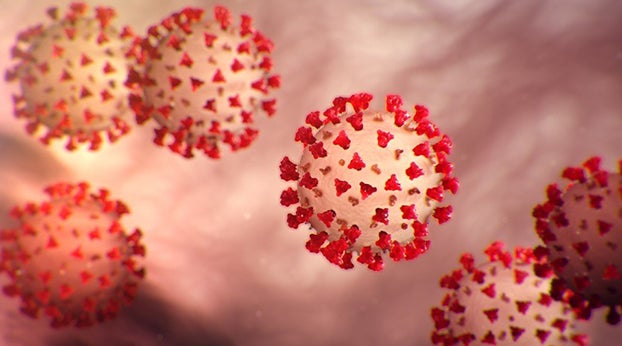An ‘invisible’ disease
Published 11:36 am Tuesday, May 1, 2018
May is Lupus Awareness Month. Last year, Jennifer Parks, who works at Lincoln Memorial University, shared her personal struggles with the affliction.
Lupus is an autoimmune disease that can affect any part of the body. It is chronic, which means the symptoms can last months or indefinitely. Lupus attacks the immune system, which is the body’s defense against germs, viruses and bacteria. To fight these invaders, the body produces antibodies to fend them off.
The majority of scientists agree that genetics, hormones and the environment are what can cause lupus. It is not contagious. The severity of disease can range from mild to severe, meaning life threatening.
The most common form of lupus is Systemic Lupus Erythematosus. This type can inflame the kidneys, nervous system and the brain. It can become so bad that kidney transplants or dialysis is needed. If inflammation of the nervous system and brain occurs; confusion, memory loss, headaches and strokes can occur.
Then there is Cutaneous Lupus, which attacks the skin and is generally far less severe than Systemic Lupus, but it is problematic enough to cause discomfort, pain and emotional distress.
Cutaneous Lupus can manifest in rashes and sores, commonly seen as raised, red, scaly disks.
Jennifer Parks suffers from Cutaneous Lupus.
”My immune system just goes wacko once in a while; mostly in the summer…it’s worse than what a rash looks like. It gets red, irritated, and the skin will raise up. It will itch really bad,” said Parks.
When she spoke of her experiences with lupus last year, she explained how she had lost hair and had to do a comb-over for a period of time, which she described as “devastating” at the time.
Since last year, the condition of Park’s lupus has unfortunately gotten worse.
Parks explained that once the weather turns sunny and warm, her “spots,” as she calls them, tend to get worse.
“It seems the older I get, the worse it is,” she said. She also stated that everyday means of keeping the disease is check is its own set of hassles.
“I could use SPF 100 sunblock and have to re-apply it every 30 minutes or otherwise I get burned really badly to the point where I blister,” she said.
The spots affect her arms, face and even her ears, and she has to use steroid drops once or twice a day to quell the itching. Parks also suffers from severe allergies, which only serves to further complicate matters. Due to having to stay out of the sun, her vitamin D levels are also tanking, which she has to take supplements for.
Despite all of this, Parks has strived to maintain a positive outlook. She explained having gone through an incredibly rough period of time due to her illness, for which she needed to seek professional help.
Parks, having gone through therapy and and being prescribed medication, claimed that “I’m me again.”
She also stated that there is nothing wrong with needing to seek professional help for any kind of issues a person is facing, whether it be medical or otherwise.
“There’s nothing to be ashamed of…everybody has issues, everybody has problems…if you need help, see a therapist. See your doctor. There is no shame in that. If it’s going to make you you again, so that can find yourself — that’s the best part about it,” said Parks.
For more information about lupus, visit www.resources.lupus.org






